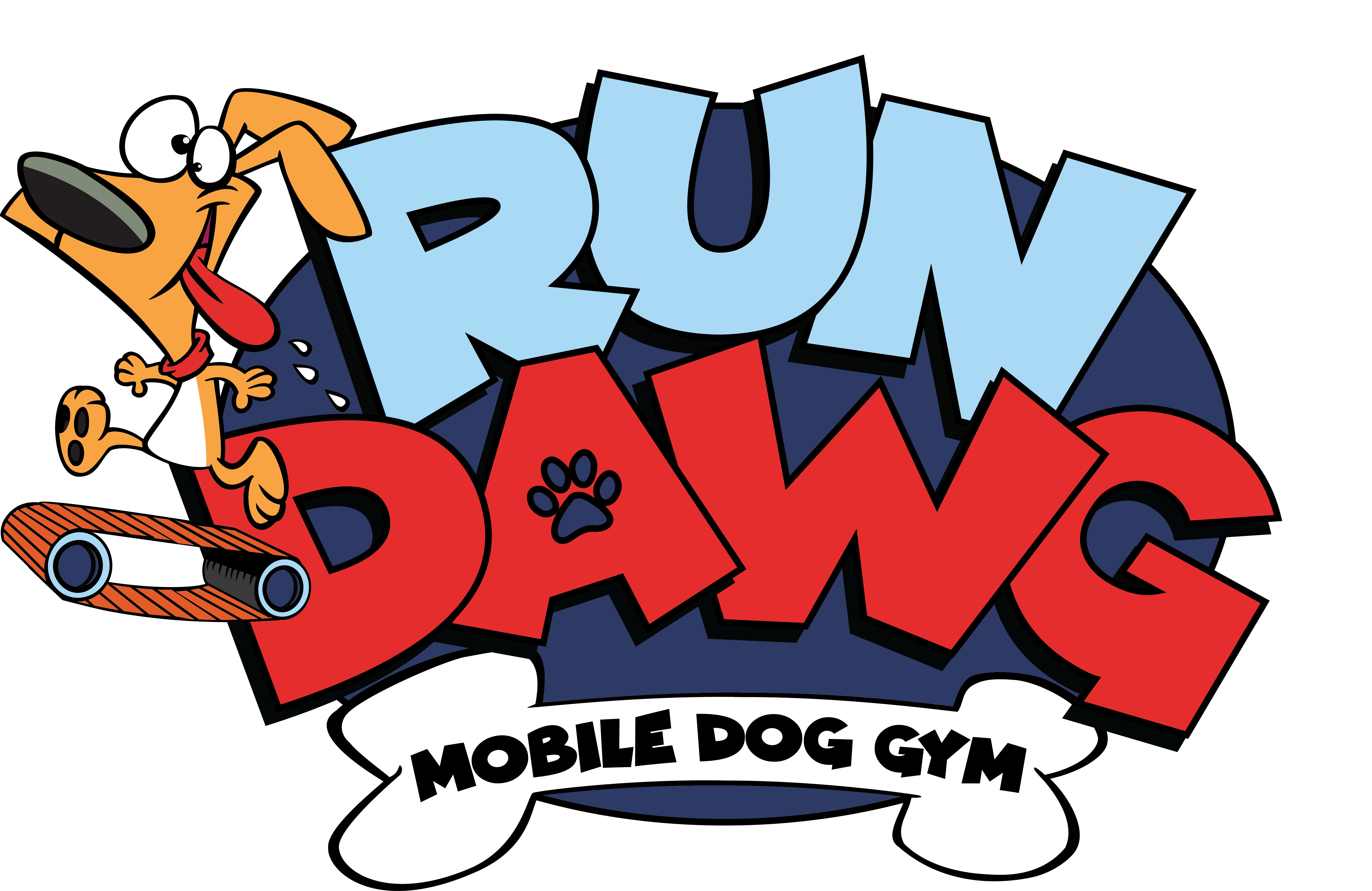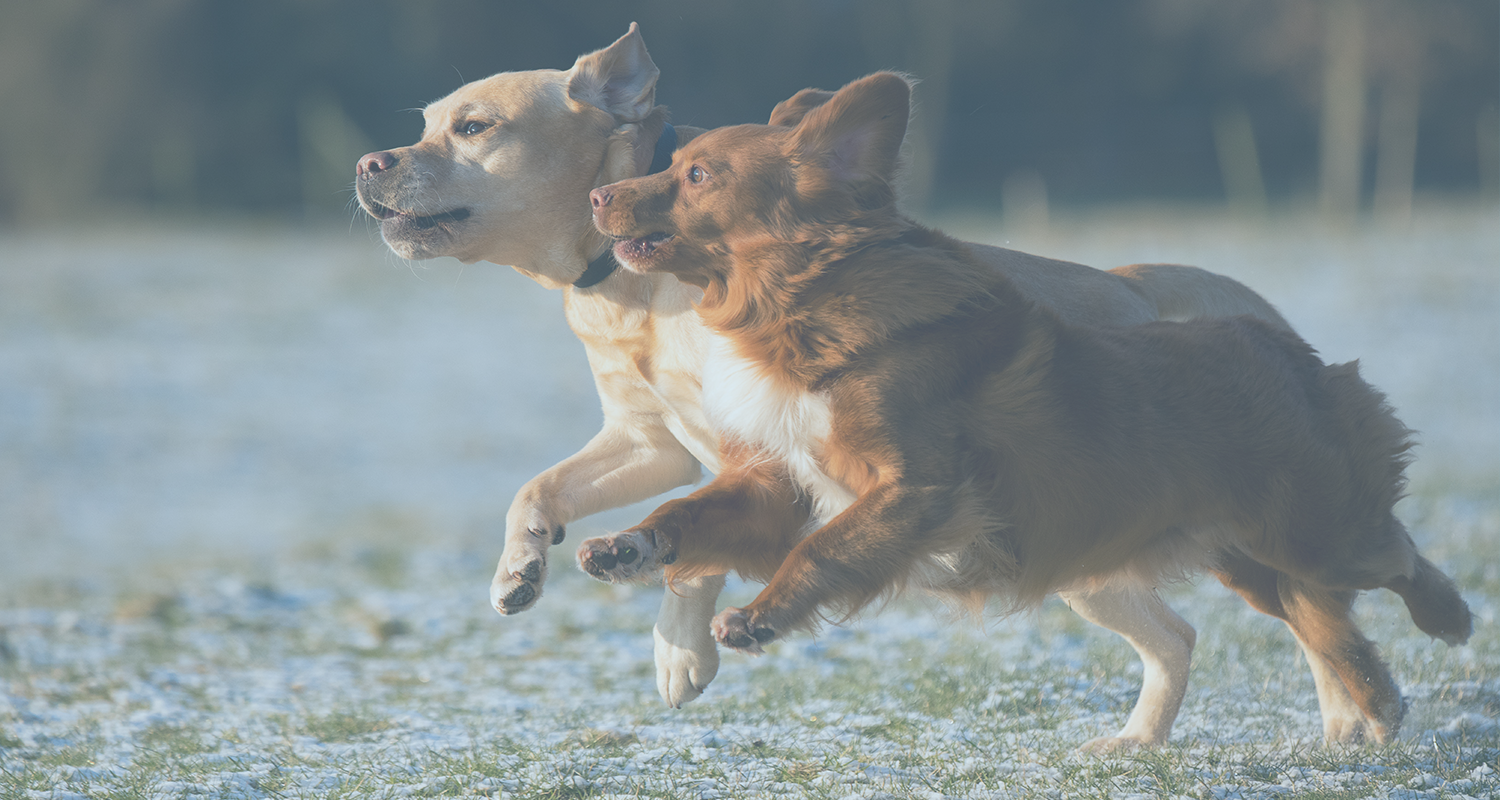BLOAT is one of the leading causes of death in large and barrel chested dogs, and is avoidable. Bloat happens when the stomach of a dog is weighted down with food or water, and is then twisted because it flips in the abdomen. Many people are unaware that the stomach of a dog is not very well connected to the abdomen muscles, causing it to essentially be held in it’s place by the two tubes leading to and away from it. Think of it as a single tube that has one section in the middle that is fatter than the rest. This is the stomach, where the food and water collects to be digested and used as energy for the body. What happens is that after a meal or drinking a significant amount of water, the bottom portion of the stomach is weighed down, allowing it to sway back and forth within the abdomen. If the dog was to make a fast motion like a jump or a side-to-side motion like extreme running, the stomach itself can completely flip in a circle. This causes a twist in the tubes leading to and from the stomach, trapping the digesting food in it’s place. This causes gas to build up quickly, as well as cutting off the supply of blood to the stomach tissue. This causes the stomach to die, and in many cases will cause the dog to die within a matter of hours. A emergency surgery can be performed by a veterinarian to put the stomach back into place, but this must be done within the window of about two hours or there is little that will be able to be done to save the dog. This is why owners must immediately recognize the signs of bloat, agitation, pain, discomfort and panting which will give you the time to get the dog to the vet in order to save them
Top avoid bloat, you must allow the dog to fully digest their food before exercising. Also, it is important to not let them drink too much water before or during exercise, which can also weigh down the stomach and make it prone to flipping. After a meal, allow the dog to rest comfortably for at least two hours before engaging them in play like running, fetching or jumping. There are also surgeries that can help to keep the dog’s stomach in place, but these are elective and are not 100% effective. The most important thing to do to avoid bloat is to not put the dog in danger in the first place, and to know the warning signs.

